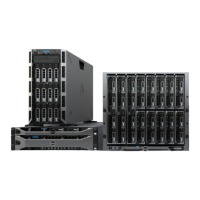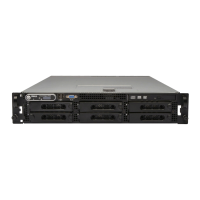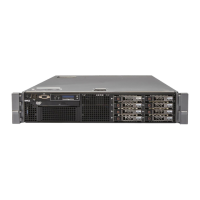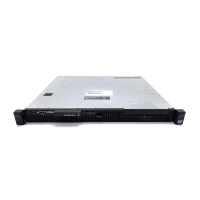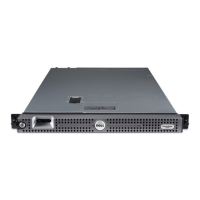91 PowerEdge FX2 – FN I/O Module – VLT Deployment Guide | Version 2.2
C Terminology
CLI (Command Line Interface): Text-based telnet, secure shell (SSH), or serial type interface that is
used for issuing commands to a device.
DHCP (Dynamic Host Configuration Protocol): A network management protocol used to
dynamically assign network settings to devices connected to a network.
Fault Tolerance: Enables a network to continue operating properly in the event of a failure of some of
its components.
ICL (Inter-Chassis Links): Provides physical connectivity between two switches.
FN IOM (FN I/O Module): FN IOM refers to the switch modules on the rear of the Dell PowerEdge
FX2 chassis that will receive and transmit network IO from the blade servers. This includes the
FN410S, FN410T and FN2210S.
LACP (Link Aggregation Control Protocol): LACP is used to control the bundling (aggregating) of
several physical ports together to form a single logical channel. LACP allows a network device to
negotiate an automatic bundling of links by sending LACP packets to the peer (which is a directly
connected device that also implements LACP).
LAG (Link Aggregation Group): Two or more network links bundled (aggregated) together to
function as a single link.
LAN (Local Area Networks): A network contained within a single room, building, campus or other
limited geographical area.
MAC Address (Media Access Control Address): A hardware specific address that uniquely
identifies each node of a network. MAC addresses are typically assigned by the vendors of network
interface controllers and stored in the hardware.
MLAG or MC-LAG (Multi-Chassis Link Aggregation Group): MLAG is a type of LAG, which allows
link aggregation between multiple devices.
NIC Teaming: NIC Teaming allows multiple network interfaces on a computer to be placed into a team
to combine bandwidth or provide traffic failover to prevent connectivity loss in the event of a network
component failure.
PMUX Mode: Programmable MUX mode provides flexibility of operation by creating multiple LAGs,
configuring VLANs on uplinks and the server side, configuring data center bridging (DCB) parameters,
and so forth.
Port Channels: Port channels combine multiple interfaces into one virtual interface. Port channels
provide increased bandwidth, redundancy and load balancing.

